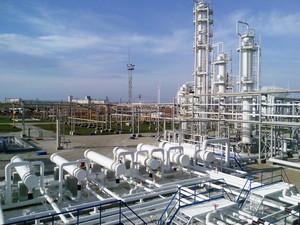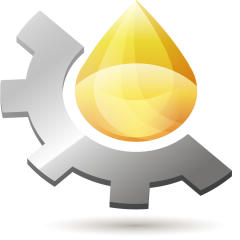Here is a detailed explanation of heat exchangers:
Heat exchangers are vital components used in various industries, including petroleum refining, chemical processing, power generation, and HVAC systems. Their primary function is to transfer heat from one fluid or gas to another fluid or gas, without the two fluids mixing.
Heat exchangers consist of a series of tubes, pipes, or plates that facilitate the transfer of thermal energy between the two fluids. There are different types of heat exchangers, including shell and tube heat exchangers, plate heat exchangers, and finned-tube heat exchangers. Each type has its own design and specific applications, but they all operate on the same fundamental principles of heat transfer.
The fluids involved in the heat exchange process are commonly referred to as the hot fluid and the cold fluid. The hot fluid, which is typically at a higher temperature, transfers its heat energy to the cold fluid, which is usually at a lower temperature. The heat transfer occurs through conduction, convection, or radiation, depending on the design and operating conditions of the heat exchanger.
In a typical shell and tube heat exchanger, the hot fluid flows through a series of tubes while the cold fluid flows through the surrounding shell. The tubes are sealed at both ends and are usually made of materials with good thermal conductivity, such as copper, stainless steel, or titanium. The shell, on the other hand, is a larger cylindrical vessel that encloses the tubes and provides the necessary structural support.
As the hot fluid flows through the tubes, it transfers its heat to the tube walls. The heat then conducts through the tube walls and is transferred to the cold fluid flowing on the shell side. The cold fluid absorbs the heat and gets heated up in the process. The heated cold fluid is then either used in a different part of the process or sent back to its source.
Plate heat exchangers, as the name suggests, consist of a series of plates stacked together. The hot and cold fluids flow on opposite sides of the plates, creating a large surface area for efficient heat transfer. The plates are usually corrugated to enhance turbulence and promote better heat transfer.
Finned-tube heat exchangers are commonly used for air-to-fluid or fluid-to-fluid heat exchange applications. They consist of tubes with external fins that increase the heat transfer surface area. The fins help improve heat transfer efficiency by enhancing convective heat transfer between the fluid and the surrounding air or fluid.
The design and selection of a heat exchanger depend on various factors, including the nature of the fluids, operating temperatures and pressures, desired heat transfer rate, space limitations, and economic considerations. Proper maintenance and regular cleaning are essential to ensure optimal performance and prevent fouling or scaling, which can reduce heat transfer efficiency.
Overall, heat exchangers are critical components in industrial processes and HVAC systems, enabling efficient heat transfer between fluids or gases, thereby maximizing energy efficiency and minimizing energy waste.

